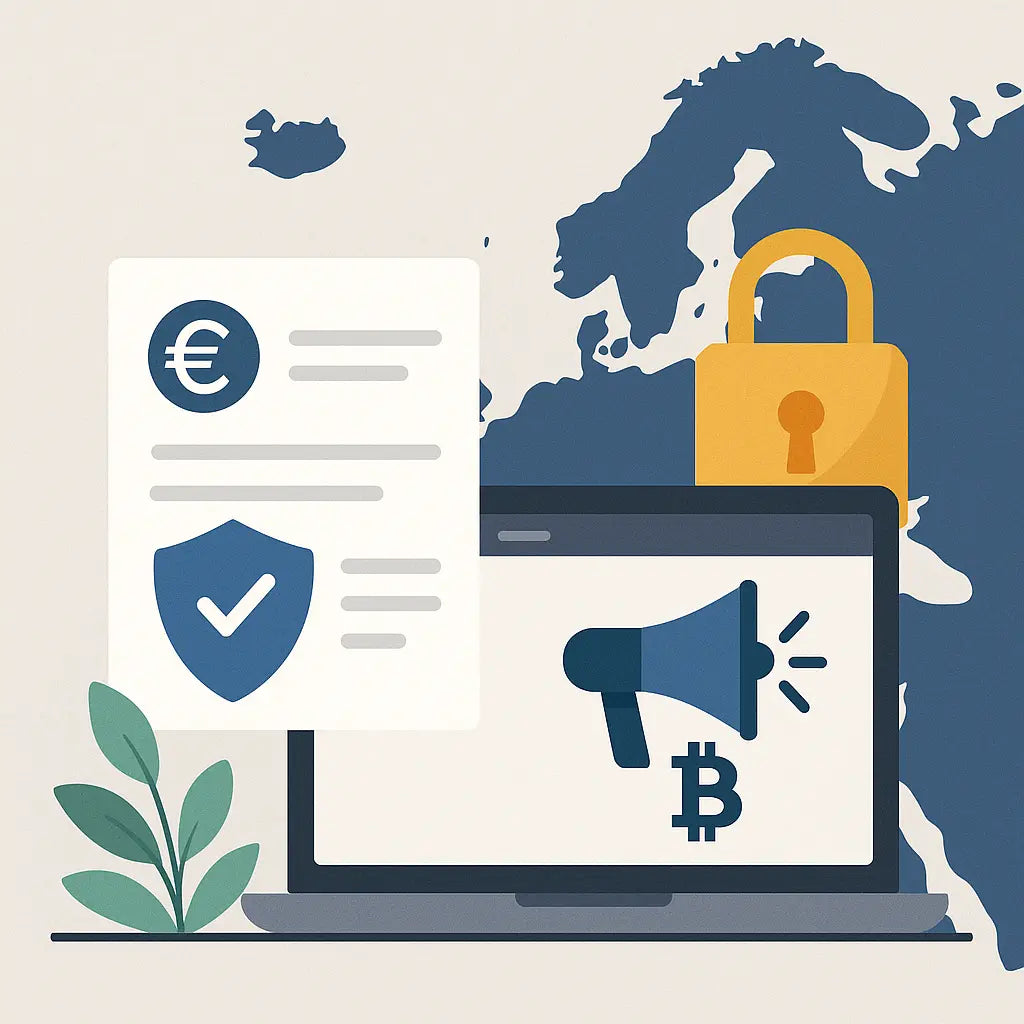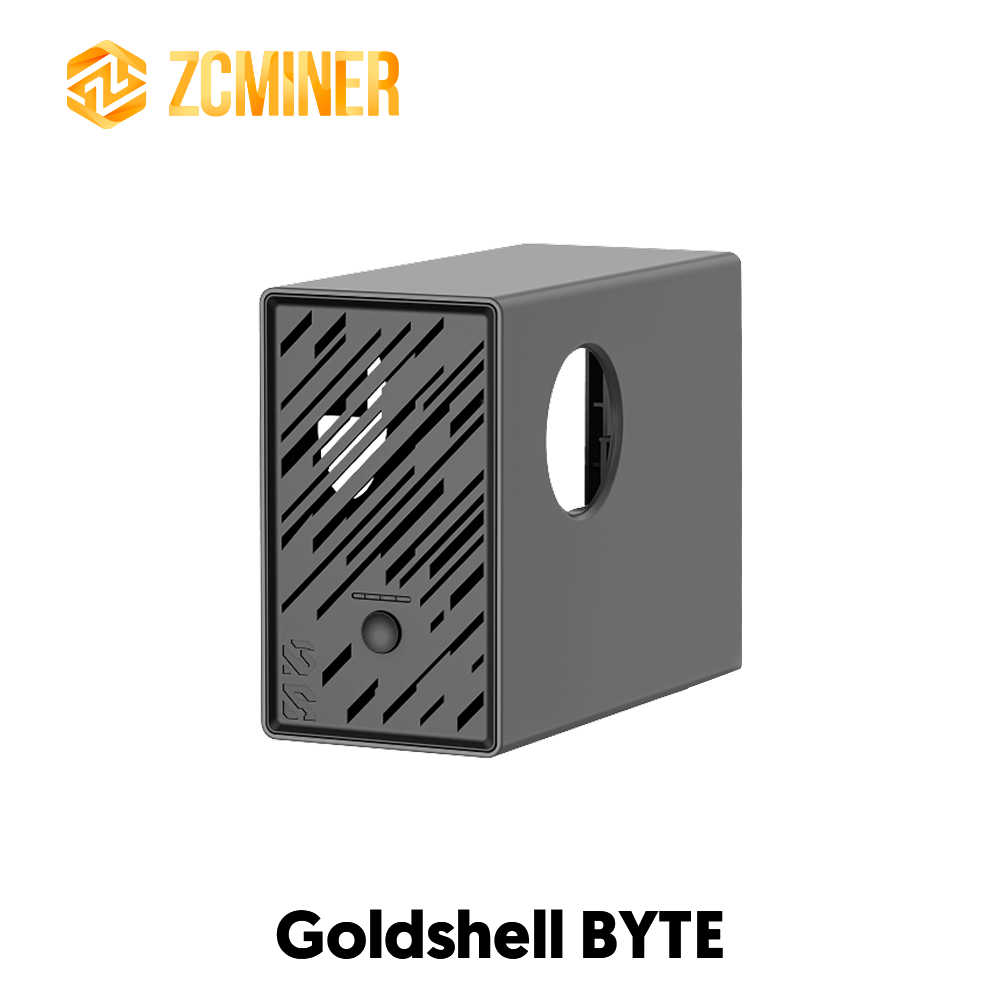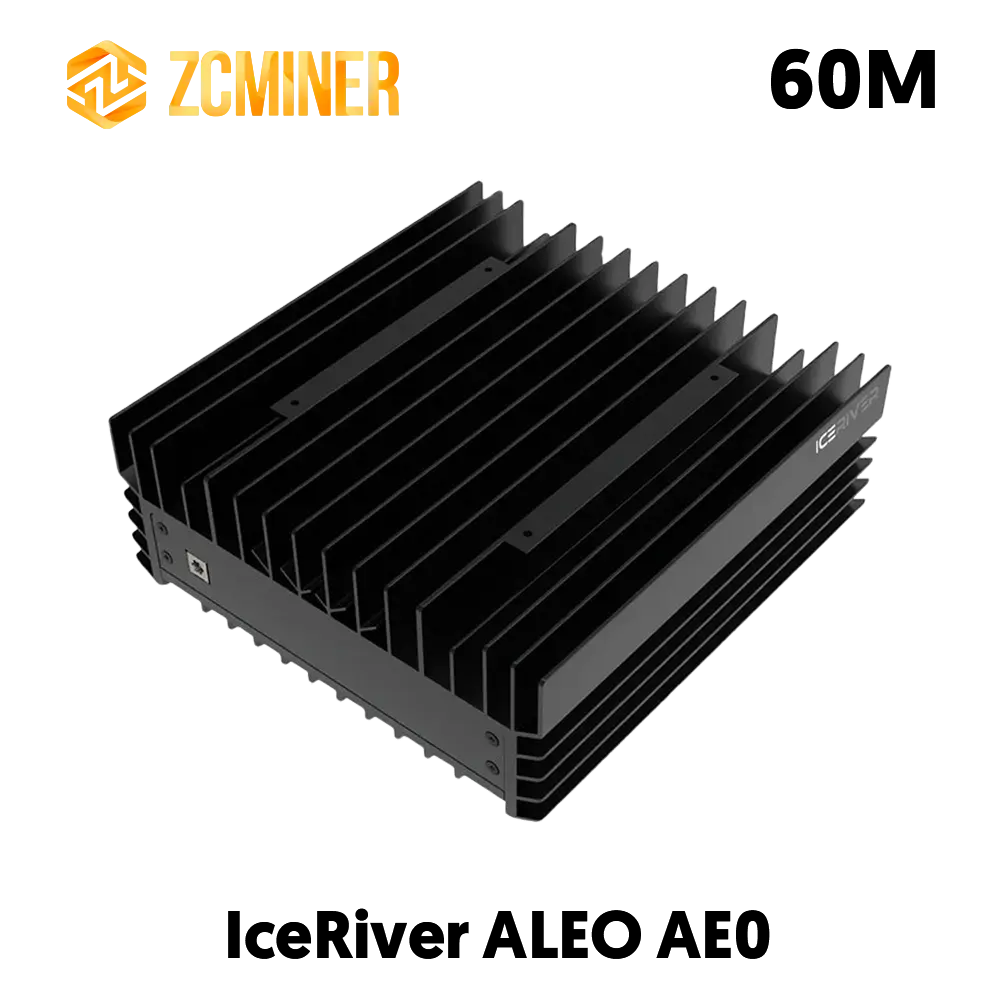Introduction
Beginning April 23, 2025, Google will implement a pivotal update to its advertising policy in Europe: cryptocurrency exchanges and wallet providers must be MiCA-compliant—either fully licensed under the European Union's Markets in Crypto-Assets (MiCA) framework or registered as Crypto Asset Service Providers (CASPs). This marks a significant turning point for digital asset advertising in one of the world’s most tightly regulated markets.
This blog explores the implications of Google’s new policy, its connection with MiCA, how it could reshape the European crypto landscape, and what it means for both large exchanges and emerging crypto startups.
What Is MiCA?

The Markets in Crypto-Assets (MiCA) regulation is the European Union’s first comprehensive legislation focused on governing the cryptocurrency industry. Passed in 2023 and coming into effect gradually across EU states, MiCA provides a harmonized legal framework for:
-
Crypto-asset issuance
-
Operation of trading platforms
-
Custody and administration of crypto-assets
-
Anti-money laundering (AML) and counter-terrorist financing (CFT)
MiCA’s primary goal is to protect investors, maintain financial market stability, and ensure that innovation in blockchain and digital finance can thrive within a clear legal structure.
Google’s New Ad Policy: What Changes?

Under the new rules, any company seeking to run crypto-related ads targeting EU users via Google’s ad network must:
-
Be licensed under MiCA or registered as a CASP in at least one EU member state.
-
Be certified by Google—a prerequisite to running any financial services ads.
-
Comply with local advertising laws of the target country, which may be stricter than MiCA itself.
-
Provide updated documentation regularly to maintain certification status.
These requirements apply to all EU countries, including: Austria, Belgium, France, Germany, Italy, Netherlands, Spain, Sweden, and others.
Enforcement Timeline
Google’s enforcement model is gradual but strict:
-
Violations will result in warnings first, issued at least 7 days before any ad account suspension.
-
Non-compliant advertisers will be barred from running ads targeting EU users.
Why Is Google Doing This?
The move comes amid increasing pressure from European regulators to reduce scams, frauds, and unlicensed offerings in the crypto space. According to recent studies, Europe was the second-largest market for crypto-related fraud losses in 2023. MiCA aims to address these concerns by holding service providers to high standards.
By aligning its ad policy with MiCA, Google positions itself as a responsible intermediary while avoiding regulatory conflicts that could arise from enabling unlicensed financial advertising.
Key MiCA Requirements for Crypto Firms
To advertise under MiCA, crypto firms must meet several baseline criteria:
-
Capital Requirements: Depending on the service, firms may need to hold between €50,000 and €150,000 in minimum capital.
-
Consumer Protection Measures: Companies must disclose risks, fees, and terms clearly.
-
AML/KYC Compliance: Strict verification and monitoring mechanisms must be in place.
-
Operational Resilience: Businesses must demonstrate cybersecurity capabilities, risk management, and continuity plans.
Impact on the Crypto Industry
1. Market Legitimization
Google's policy reinforces trust and legitimacy in the crypto sector. For consumers, this means a higher level of safety when exploring digital assets. Scams and misleading ads—long an issue on social media and search platforms—will now be harder to execute.
2. Barrier to Entry for Small Players
MiCA compliance isn’t cheap or fast. Small startups and independent developers may struggle to meet:
-
High legal and regulatory consulting fees
-
Long approval timelines (several months in some cases)
-
Dual compliance needs (MiCA + Google Ad certification)
This raises concerns about centralization, as only larger firms may have the resources to remain competitive in European advertising spaces.
3. Fragmented National Transitions
While MiCA is an EU-wide regulation, not all countries are implementing it at the same pace:
-
France and Finland have transitional arrangements until mid-2025.
-
Germany extends until December 2025.
-
Spain, Italy, and others vary by regulatory readiness.
This discrepancy may cause confusion for firms attempting to advertise across multiple countries and could lead to uneven enforcement in the short term.
How Crypto Firms Are Responding
1. Racing Toward Licensing
Major exchanges like Coinbase, Kraken, and Bitstamp are actively pursuing MiCA licensing across multiple jurisdictions. Some firms are consolidating European operations to regulatory-friendly hubs such as France or Lithuania to streamline compliance.
2. Alternative Advertising Channels
Smaller crypto businesses are exploring organic marketing strategies, such as:
-
SEO-optimized content
-
Community building on platforms like Telegram and Discord
-
Sponsored partnerships with crypto influencers
3. Regulatory Tech (RegTech) Integration
Compliance is becoming a core feature of crypto business models. Many are adopting RegTech solutions to automate KYC, AML, and reporting processes—reducing manual errors and ensuring MiCA compatibility.
The Global Context: Diverging Paths
Europe’s tightening grip on digital assets via MiCA comes as other regions—particularly the United States—are taking a different approach. Former President Donald Trump’s pro-crypto rhetoric and the push for friendlier regulations have created a regulatory contrast.
While Europe emphasizes consumer protection and financial stability, the U.S. seems to be focusing on innovation incentives and investment attraction. This split may lead to:
-
Crypto firms relocating to the U.S. or Asia
-
EU losing competitiveness in blockchain R&D
-
A more bifurcated global crypto economy, divided between “regulation-heavy” and “innovation-heavy” zones
Challenges Ahead
1. Enforcement Consistency
Google’s policy relies on accurate enforcement across different languages and legal systems. In practice, inconsistent enforcement or delayed regulatory updates in certain countries may create legal gray zones.
2. Definition Ambiguity
MiCA defines crypto assets broadly. This includes tokens used in gaming, NFTs (in some contexts), and stablecoins. Firms must ensure that every product they promote is properly categorized, or risk advertising bans.
3. Ad Format Compliance
Even if a firm is licensed, it must still ensure that:
-
Ads clearly state risks associated with crypto investment.
-
Disclosures are prominently displayed and not hidden in small text.
-
Promotional language does not mislead or exaggerate returns.
Opportunities: A Clearer Path to Trust
While the new rules are burdensome, they offer a long-term opportunity for crypto firms to:
-
Build investor trust
-
Gain credibility with regulators and banks
-
Tap into broader institutional markets
The MiCA framework could eventually serve as a model for global crypto regulation, allowing compliant businesses to scale internationally with fewer surprises.
Conclusion
Google’s enforcement of MiCA-aligned crypto advertising standards across Europe is more than a policy update—it’s a signal that the industry is entering a mature, regulated era.
While compliance will be challenging, especially for smaller players, those who adapt stand to gain credibility, market share, and sustainable growth in one of the world’s wealthiest regions.
Crypto firms must now make a strategic decision: invest in regulation, or pivot to less restricted markets. Either way, the days of freewheeling crypto advertising in Europe are over.
References
-
Cointelegraph – Google to Enforce MiCA Rules for Crypto Ads in Europe Starting April 23
-
CoinDesk – Google Updates Crypto Ads Policy in Line With MiCA
-
European Commission – MiCA Regulation Full Text
-
Financial Times – Trump’s Crypto Embrace Pressures European Crypto Policy
-
Bitget Blog – [Understanding MiCA and the Future of Crypto Compliance in Europe]











Leave a comment
This site is protected by hCaptcha and the hCaptcha Privacy Policy and Terms of Service apply.